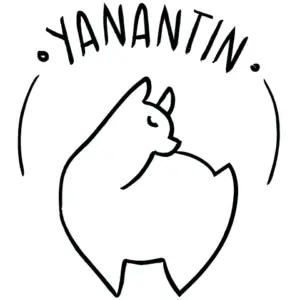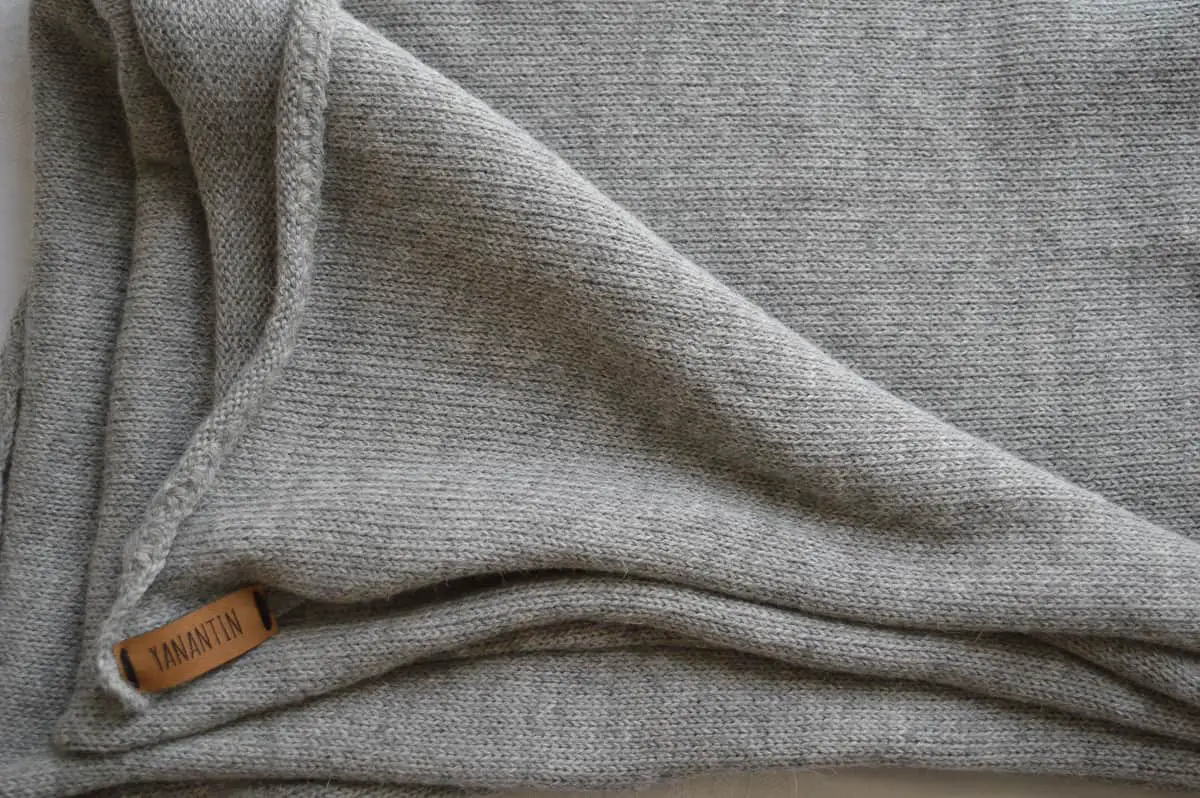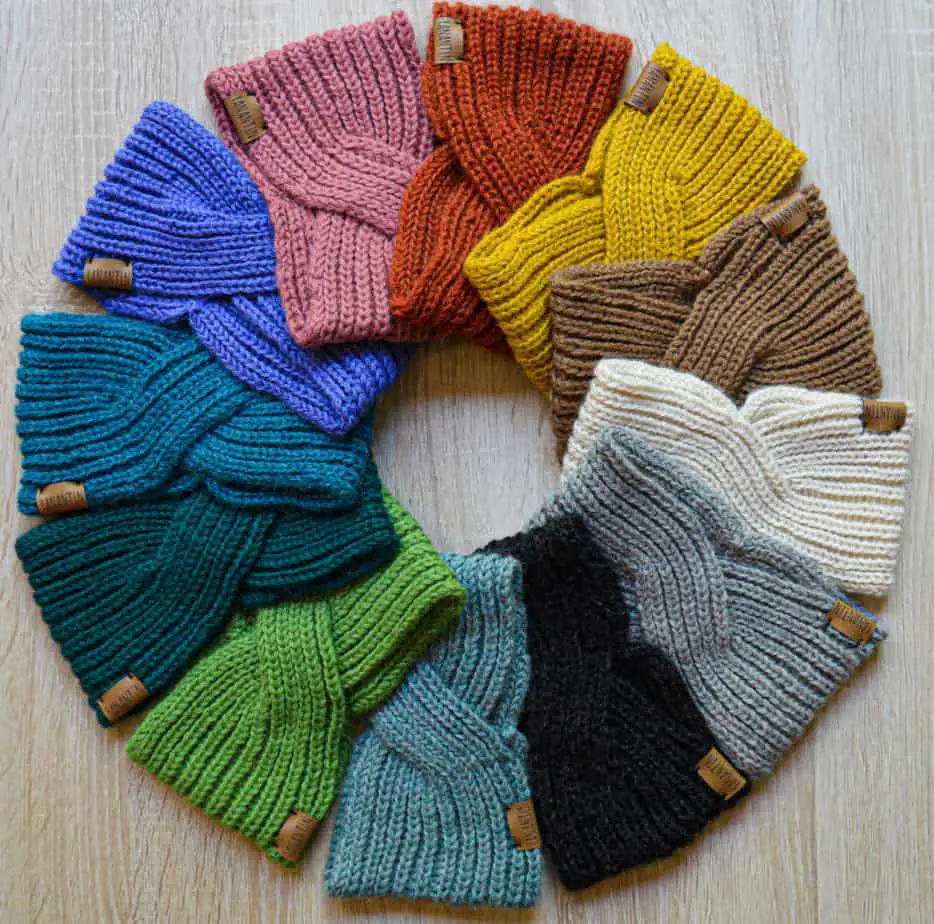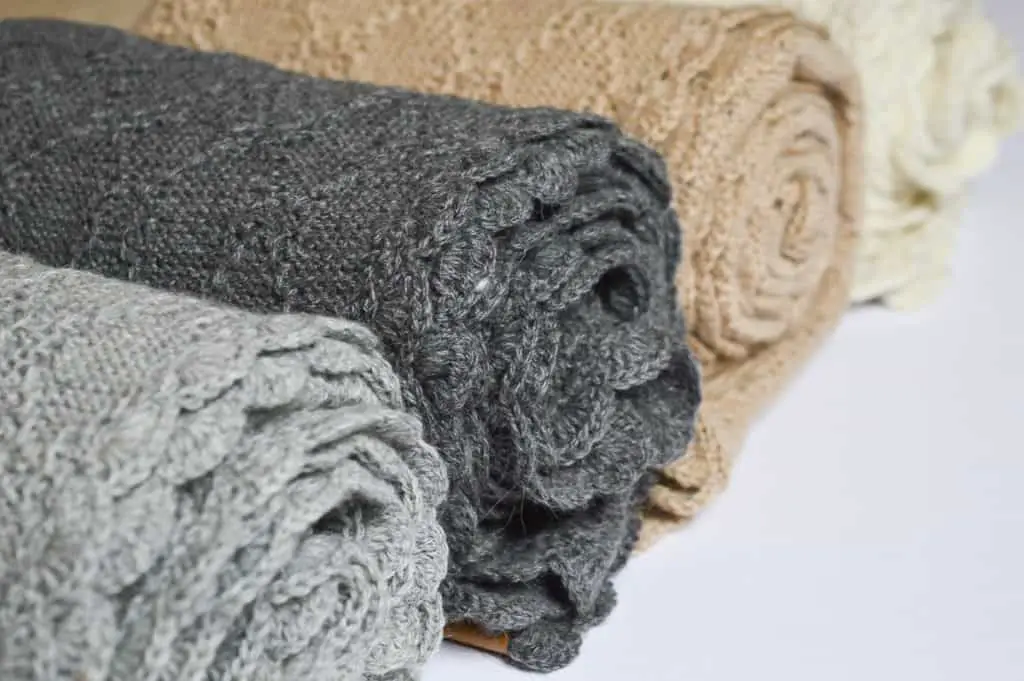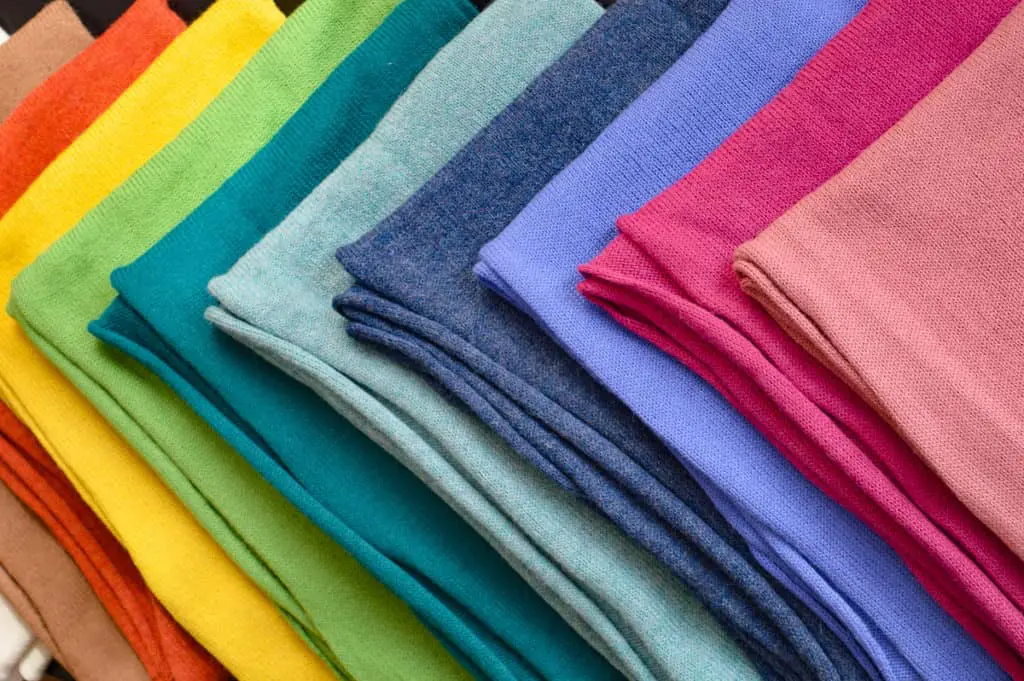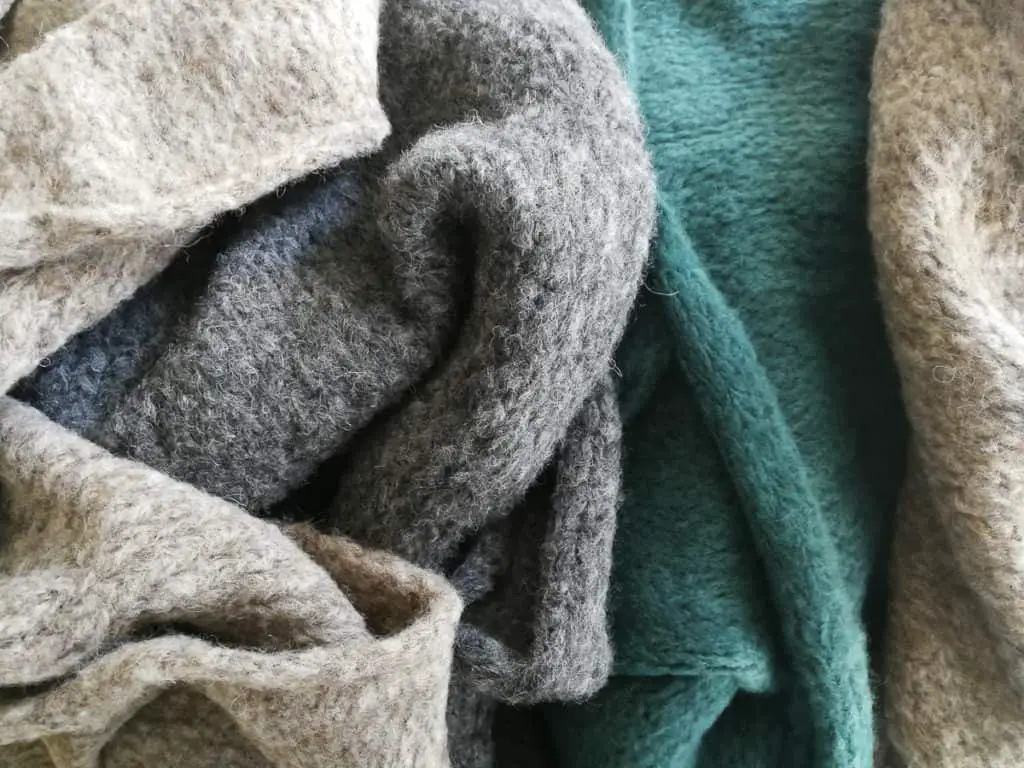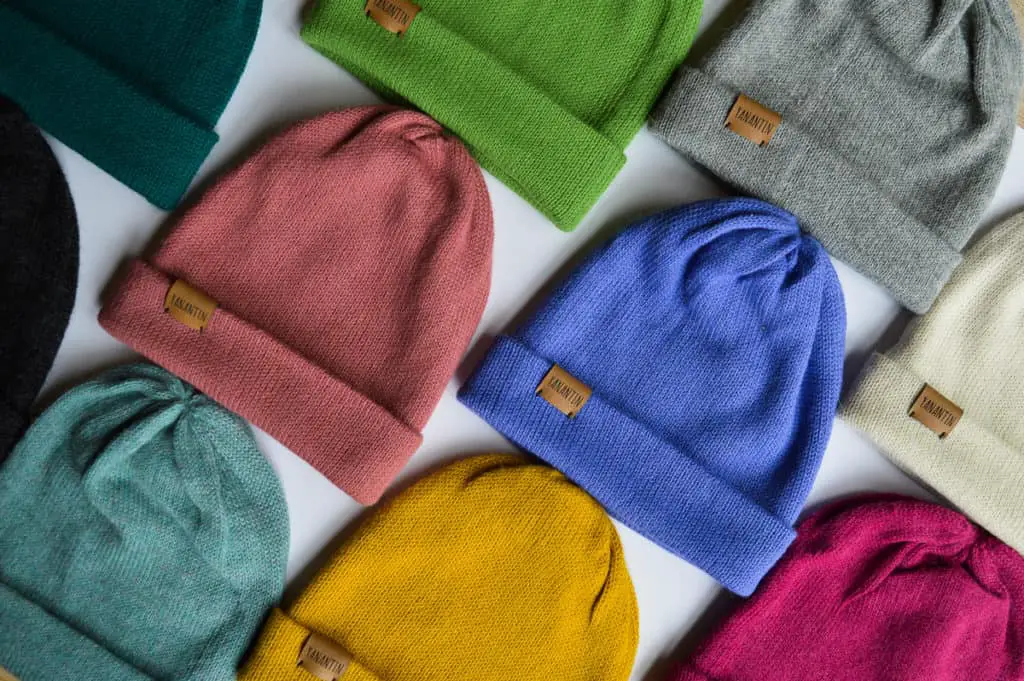The Incas used to call it the fiber of the gods: alpaca wool. With an endless list of amazing qualities, like durability, extreme softness, wind, water, and fire resistance, alpaca is admittedly pretty awesome. What else would gods possibly wish for? Perhaps… could alpaca wool be wrinkle free, too?
buy real provigil Alpaca wool is naturally wrinkle free. Garments made of alpaca wool resist external stress and hold their shape. The alpaca fiber has a natural structure that does not retain wrinkles and will remain its shape naturally. Alpaca wool does not need to be ironed to be brought into shape.
Wrinkle-resistant? Non-Iron? Easy Care? Really? All natural? No wonder it is called the fiber of the gods! And no wonder gods got lazy!
Do Alpaca Woolen Garments Get Wrinkles?
The alpaca fiber is luxurious: it is soft, silky, shiny and strong. The alpaca fiber also has a scale-like texture, which is why it is so soft, silky, shiny and strong. And wrinkle-resistant.
http://e17arttrail.co.uk/?passed_index=231 Alpaca wool can get a few wrinkles when it is folded into one position for a prolonged period of time. However, the wrinkles usually disappear after a few minutes when the garment is folded out.
There are three reasons for alpaca wool being wrinkle-free:
- The fiber structure is soft and smooth which makes it almost too “slippery” for getting wrinkles
- The fiber is elastic and has great bounce, which means that the fiber literally “bounces” back into shape after it is being folded
- The knitted texture adds to its flexibility and resilience, meaning that woolen garments are by default more “moveable” than other fibers.
You will find that alpaca wool is very elastic and that the fibers will fall into place as soon as they get a chance. Imagine something that is soft and causes very little friction, any movement will immediately be put back into place.
Wrinkles shouldn’t last for more than a few minutes, as soon as gravity gets a chance to “pull” the garment back into its natural shape.
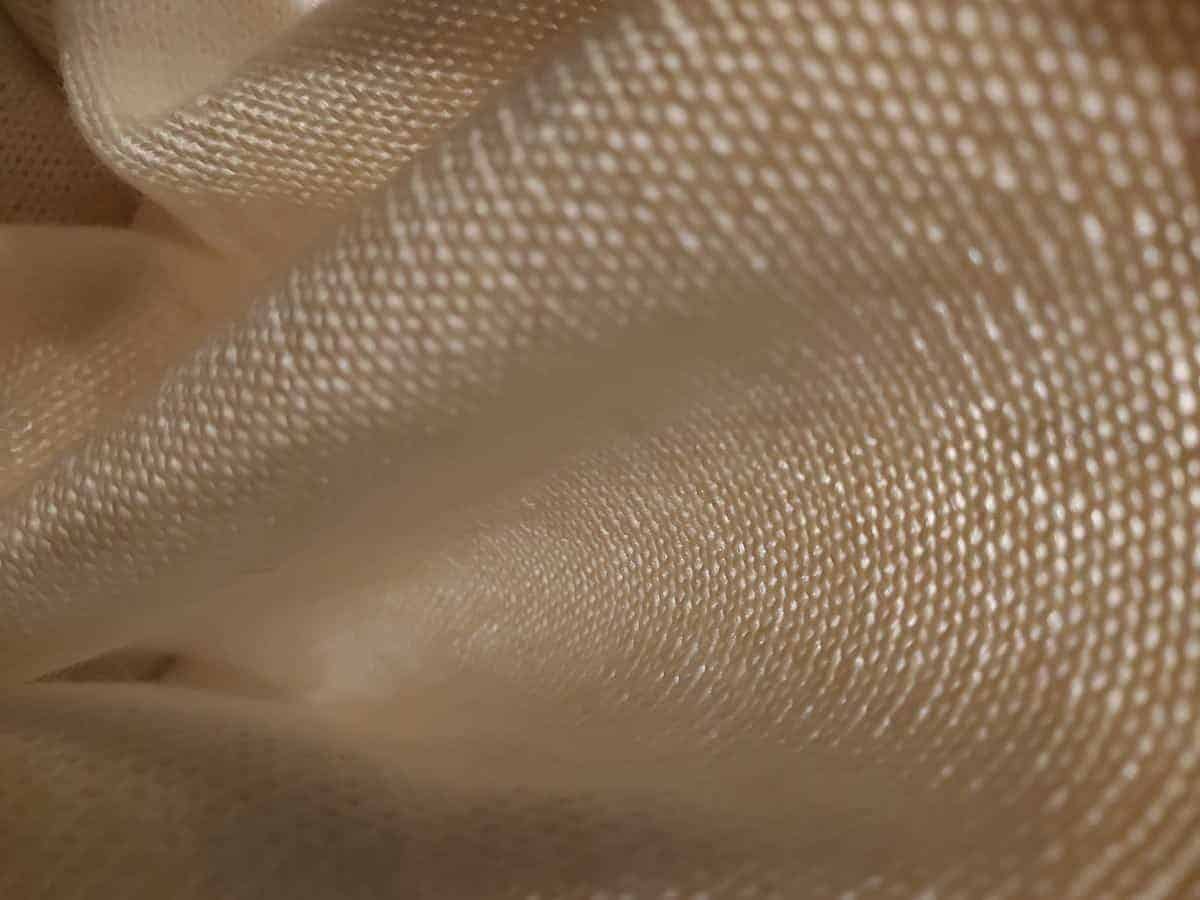
Any garment, accessory or item that is made of 100% alpaca wool will not lose its original shape and form if it is taken care of properly.
Do you want to know how to take care of your alpaca woolen garment properly? Read my other article FULL of tips!
Alpaca Products: 17 Ways to Keep Them Looking Good as New
Is Alpaca Wool Treated to be Wrinkle-Free?
Alpaca wool is naturally wrinkle-free. Alpaca wool comes as the silky soft fiber that it is, without adding chemicals to it or treating it in any way to make the fabric stiffer.
This is great news for the environment! A lot of industrially treated fabrics require chemicals and lots of water to become wrinkle free.
- Natural means that alpaca wool does not contain chemicals that potentially cause irritable skin or rashes.
Alpaca wool does not need to be blended with other fabrics or fibers to become wrinkle free. In fact, 100% alpaca wool is more wrinkle-resistant than a blend because of the special alpaca-fiber texture.
Do You Need to Iron Alpaca Wool?
Alpaca wool does not need to be ironed. In fact, ironing an alpaca woolen item will possibly cause it to change shape and to lose its form.
The heat from the iron can cause damage to the fibers. Damaged fibers mean decreased quality, reduced softness, and potential misshaped forms. Ironing is therefore not only unnecessary, it is also highly discouraged.
The best way to treat alpaca is by steaming it. The simple way to do it, is by placing your garment in a misty environment, like your bathroom!
Is Alpaca Wool Wash-and-Wear?
Sometimes, items require ironing, steaming, fabric softeners, etc. etc. before you can wear it again after washing it. Other times, you wash it, you wear it. Those times are alpaca times.
As long as you put an alpaca woolen item to dry in its original shape, there is no further action required. Alpaca woolen garments are “wash and wear”, which means you can wear them immediately after washing (and drying) them.
To start with, alpaca wool barely needs any washing at all, and if you do decide to wash an alpaca woolen item, all you need to do once you’re done is to let it dry flat.
The best way to do this is to place the wet item between two towels.
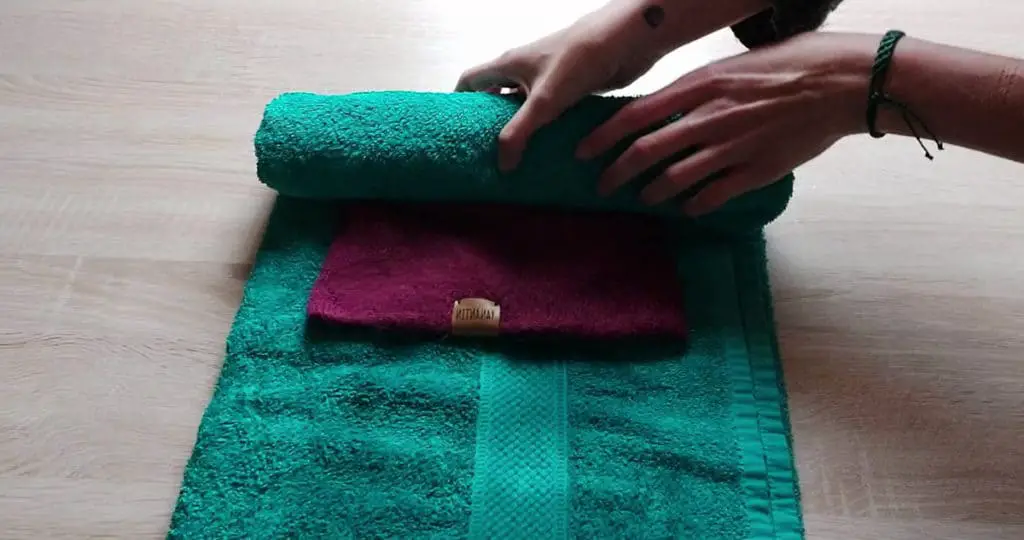
Then, you can gently squeeze out the water. Gently roll the item (if big enough) to squeeze out excess water. Make sure to maintain the original shape of the item.
Replace the towels if the item is really wet and place the item flat, on a flat surface (a table works great).
I wrote an entire article on the best ways to wash alpaca woolen items. Read more about How To Wash Alpaca Woolen Items, by clicking the link!
Does Alpaca Wool Lose its Shape?
You might wonder, does alpaca ever lose its shape? It actually does. Nothing is perfect, even though alpaca wool gets really close to being it.
An alpaca woolen garment can lose its shape when you leave it hanging dry. The weight of the water will cause the garment to be pulled out of shape. The same goes for garments that are not put to dry in their original shape.
If an alpaca woolen item gets wet, and you leave it hanging dry or in any other way out of shape, it might cause the item to lose its form. This is mostly because of the weight of the water that the fibers will absorb when it gets wet.
In another article I wrote about whether Alpaca Wool Is Water Resistant, which it is. However, once an item gets soaked, the fiber will absorb the water. As you can imagine, that can be a lot of added weight for an item.
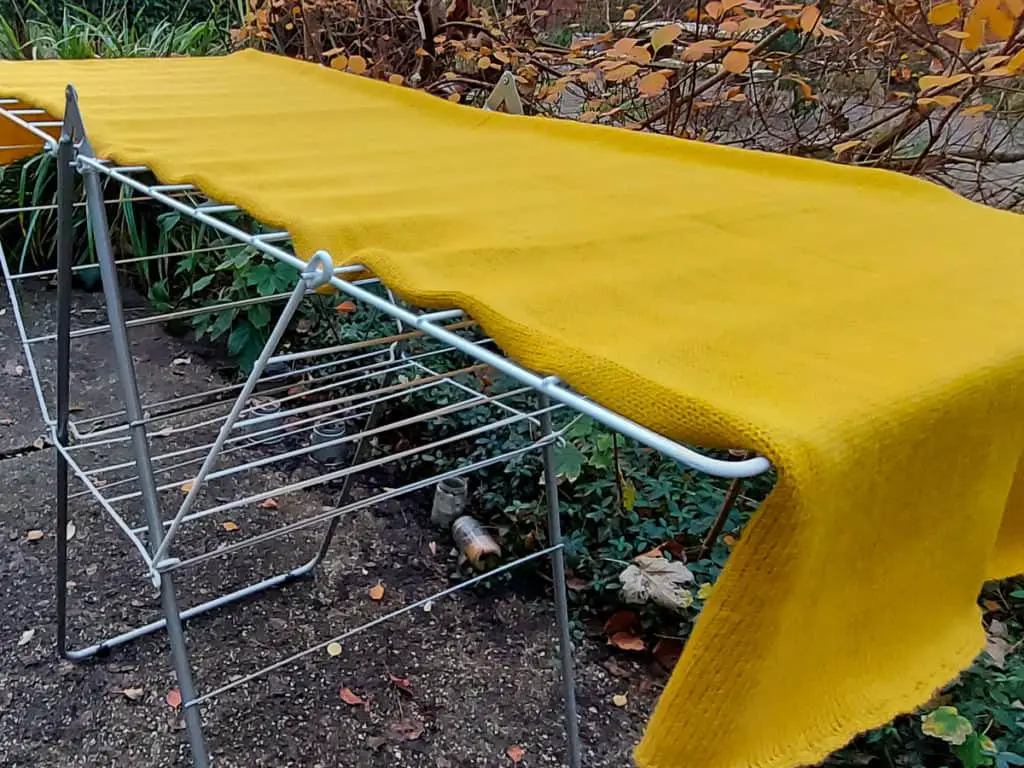
The same silky texture of the fiber that causes alpaca wool “to never get wrinkles” can cause it to actually lose its form when it gets wet. The lack of friction and the added weight will reshape an alpaca woolen item if it is improperly hung to dry.
What Can You Do If Alpaca Wool Gets Wrinkles?
The best thing always, is to prevent, rather than cure something. Same goes for alpaca wool. Just don’t let it get out of shape. Here are some solutions to remove wrinkles from an alpaca woolen garment (ordered by the degree of wrinkliness – starting at the smallest)
- Put an alpaca woolen garment folded out on a chair
- Place the garment in a misty environment, like a bathroom
- Steam the alpaca woolen garment
- Wash and properly dry the alpaca woolen garment
- Bring the alpaca woolen garment to a dry-cleaning service
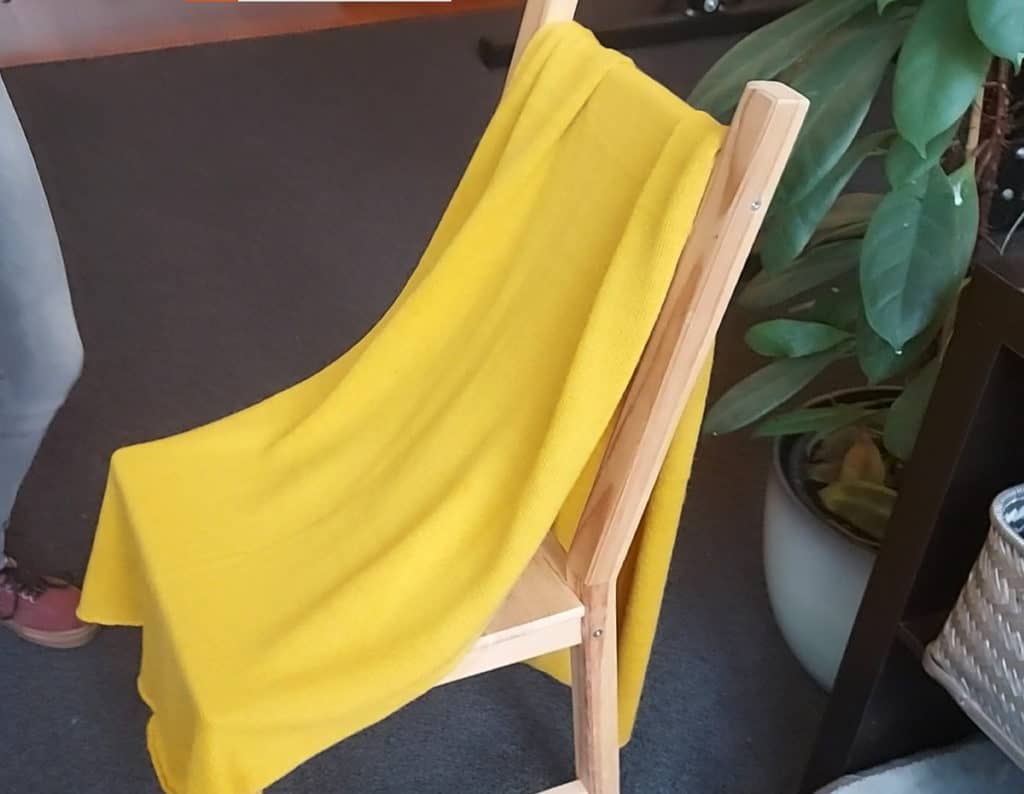
Most wrinkles will magically disappear after wearing the garment for 5 minutes. However, you can steam alpaca wool and gently put it back into place to remove more stubborn wrinkles.
If your garment is really out of shape and requires special care and attention, you might want to check with your dry-cleaning service if they can help you with this. As I said before, alpaca wool might be strong and durable, you don’t want to risk treating it inappropriately.
Read the full article I wrote about how to remove wrinkles safely here:
How Do You Remove Wrinkles from Alpaca Woolen Items?
OR check out this awesome video that I made in which you can see what the easy way is to remove wrinkles.
Wrinkle Free, Why Do We Need it?
It must be a dream for mothers with big families, mothers with small families, for women who iron their hubby’s shirts, or for women who just don’t like ironing in general, to use only wrinkle-free garments and save themselves SO MUCH TIME!
- Wrinkle free (wrinkle-resistant) fabrics are textiles that resist external stress and hold their shape. They don’t get wrinkles (easily) and if they do, they disappear without the need of ironing the garment.
In the early 20th century, when soccer moms finally reached their limits, the need for more user-friendly (read: mom-friendly) materials grew. Luckily there are different options when it comes to fabrics and their degree of wrinkles.
| Material | Wrinkle-free? |
|---|---|
| Wool | Yes, naturally |
| Polyester | Yes, synthetically |
| Cotton | No (or chemically-treated) |
| Linen | No (or chemically-treated) |
| Viscose | No (or chemically-treated) |
Well, here’s the good news: it is naturally available for everyone. Ladies, put those irons out and start enjoying the perks of alpaca wool: a super soft fiber that is naturally wrinkle free, non-iron, and easy care.
Yes. That means you don’t need to iron alpaca woolen items.
Ready for one of those wrinkle-free garments for yourself or your baby? Check out the products from my store! All garments are made by women in Bolivia – YES with love!
And for the men out there, you can finally walk around in a nice sweater without looking all ungroomed and un-ironed. Hurray!
Are Synthetic or Natural Fibers More Prone to Wrinkling?
Natural materials such as cotton, linen and rayon are naturally very wrinkly, and require ironing to be put back in shape. However, all wool fibers have a special fiber texture that helps them be wrinkle-free. Synthetic fibers like polyester, nylon, and acrylic are more resistant to wrinkling and have greater stability.
Natural fibers do have the greatest qualities, like strength, isolation and comfort; however, the maintenance and cleaning of the fabrics can be labor intense.
Synthetic fibers have the great disadvantage of being possibly harmful for the environment. Not all synthetic fibers are sustainably sourced and produced, and they are often not biodegradable.
Another downside of synthetic fibers is the quality: synthetic fibers are not as breathable, soft, and don’t absorb sweat. They are also more prone to burning than natural fibers.
On top of that, synthetic fibers are not as durable as natural fibers and tend to pill or break easily.
For the full rundown on pro’s and con’s of different fiber types, I recommend this other article I wrote about it:
The World’s Most Used Fabrics: Advantages and Disadvantages
Can You Use Chemical Treatment To Make Garments Wrinkle-Free?
To keep using natural fibers, people invented a chemical treatment to make fabrics that are vulnerable to wrinkling more (or completely) wrinkle free. This treatment increased the maintenance and made cleaning of products simpler.
However, chemically treating the fiber caused the wearer some discomfort. A technique that is used (more in the past than nowadays) is to stiffen the fabric. You’ll see this still being done in hotels with towels and bed linen. Stiffened fabrics are not always soft to the touch.
Another disadvantage is the decreased quality of the clothes: the chemicals made the fibers thinner and more vulnerable to being worn out or breaking faster.
What Is Wash-and-Wear?
Technology has caught up with the flaws of chemically treating fibers to make them wrinkle free. Now, garments are made wash-and-wear.
- A garment that is wash-and-wear is easily washed, dries quickly and doesn’t require ironing before it can be worn. The term wash-and-wear refers to the “cleaning requirement” rather than a specific material or treatment.
Examples of wash-and-wear fibers:
| Fabric | Fiber category |
|---|---|
| Wool (alpaca, merino, cashmere, etc) | Natural fiber |
| Polyester | Synthetic fiber |
Other natural fibers like cotton and linen are not wash-and-wear. Viscose is an example of a synthetic fiber that is not wash and wear.
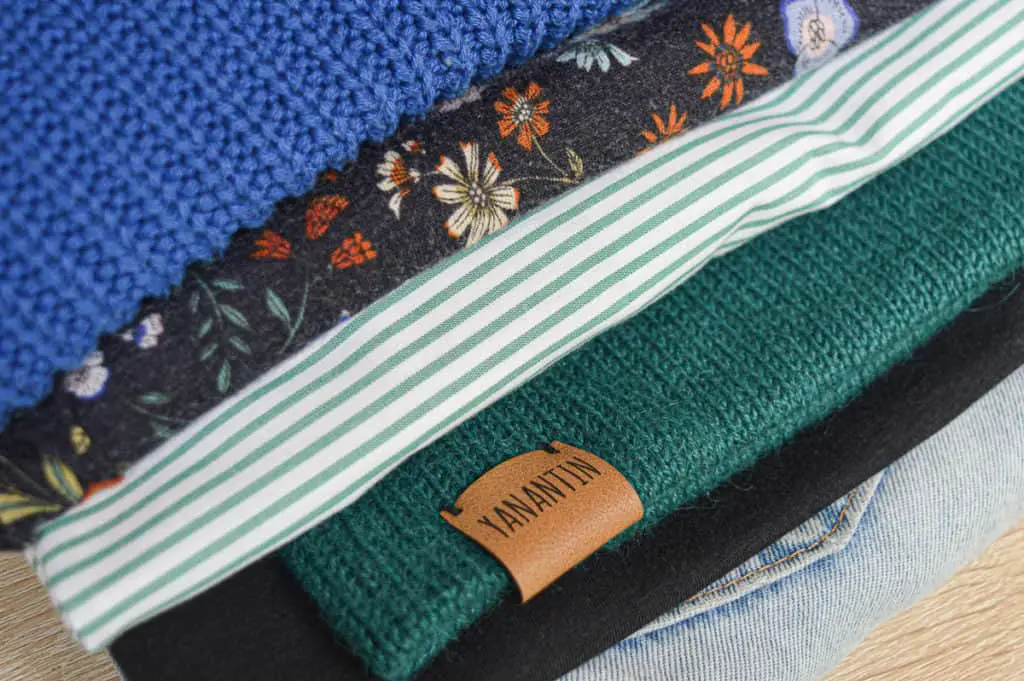
Nevertheless, wash and wear products can still cause skin irritation, decrease fabric strength, and increase flammability, especially when they are not natural materials!
Can Fabric Softeners Make Garments Wrinkle-Free?
Another recent option to make fabrics wrinkle free is to spray fabric softener onto a garment, or use a conditioner during the washing cycle. The spray will allow the fibers to stay closer to each other, keeping their shape in place.
A downside of fabric softeners is that they can cause irritable skin.
